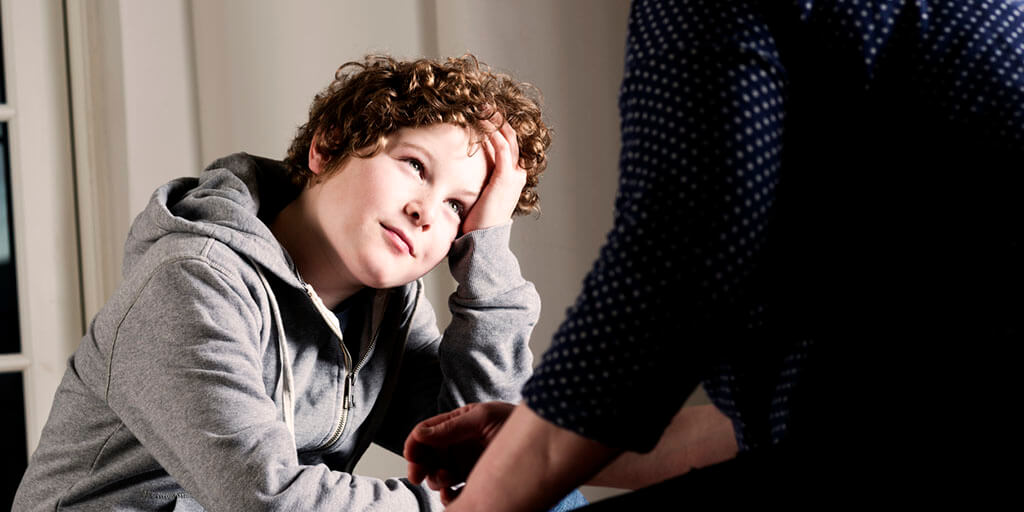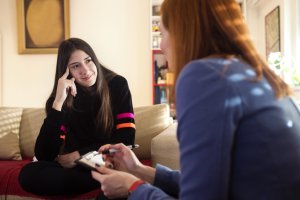
What news have you got to tell me today?
Alexandra Faulkner explores how a simple question can open the door to deeper connection and the establishment of safety.
This blog was written by Alexandra Faulkner, a Therapeutic Specialist at the Australian Childhood Foundation.
“What news have you got to tell me today?”
“My tooth is wobbly”, “Our footy team is in the finals”, “I’m going to a birthday party this weekend”, “We saw a dead duck in the park”.
“What news have you got to tell me today?” is my standard way of starting a therapy session with a child or young person. Every child, every session. And as you can see, I receive some interesting answers to this question.
For me, asking a child about “news” that is happening in their life is a great way to demonstrate to the child that I am interested in them as a person, rather than only interested in the “problem” or “issue” that has brought them into the therapy room.
Often by the time children arrive in a therapy room, there have been many conversations that have already occurred with family and friends and teachers and doctors about “the problem”. Too often this “problem” has become internalised by the child, resulting in them identifying themselves as the source of difficulty that is being experienced by those around them. We want the children we see to know there is so much more that makes them the unique and important individuals they are, so much more than the challenge they are facing that has brought them to therapy. And we want the children we see to know that the challenges they are facing are not of their making and are definitely not their fault. Taking the time to hear about other aspects of life, however small and random they may be, can help the parent or carer to become less problem saturated in their view of the child, to see anew and reconnect with the child-like aspects of the child.

Hearing a child’s news also creates an opportunity for me to let that child know that I will hold them in mind between one therapy session and the next. “Has your tooth fallen out yet?”, “How did you go in the finals” – are all opportunities for me to show that I have remembered what was important to that child last time I saw them and want to hear more about it. Winnicott identifies the importance of the therapeutic relationship as a holding environment – an opportunity for the client to experience their needs as being valid and worthwhile, and to “facilitate the emergence of their true self”. Perhaps for the child, the knowledge that the therapist will remain interested in the small things contributes to a willingness to trust the therapist with the bigger, scarier aspects of life also.
And of course, “what news have you got to tell me today?” also allows the child to immediately talk about what has brought them to therapy if that is what they need to do. “I got suspended from school yesterday”, “Dad’s not talking to me at the moment”, “I hate where I’m living”. The child’s response to my question provides me with some insight into what is most important in their world at that point in time. The child is allowed to set the agenda, to direct the therapy, rather than having the adults around them determine what needs to be addressed. The child does not have to sit with the anxiety about when the “problem” will be discussed. And perhaps most importantly, the child gets to deliver their version of events, their experience first, and have that heard and acknowledged.
There are so many important tools and techniques that are used in the therapy room to establish safety and build rapport, to explore issues and develop skills. Yet sometimes, it can be a small question – “what news have you got to tell me today?” – that contributes to the establishment of a child’s positive sense of self-worth, self-determination and self-efficacy.
